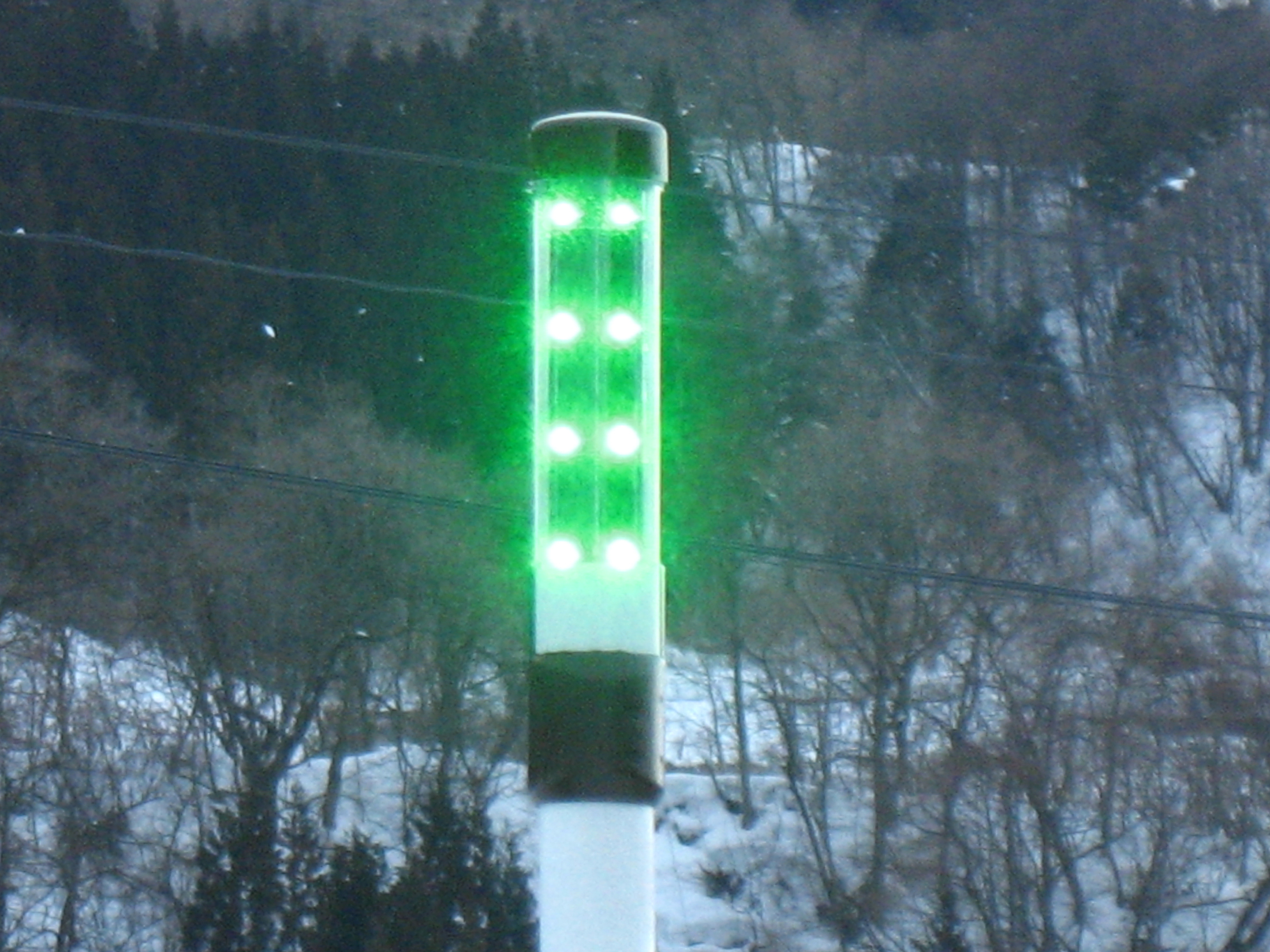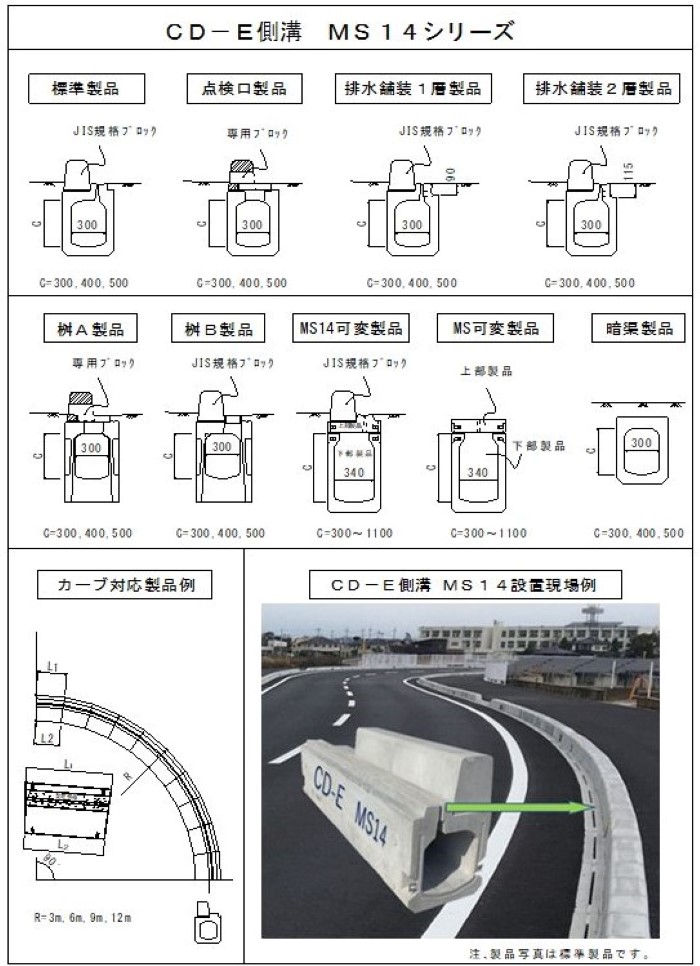2022-08-24 ノースカロライナ州立大学(NCState)
 Photo credit: Nick Fewings.
Photo credit: Nick Fewings.
研究者らは概念実証試験において、この技術によって自律走行車のソフトウェアがリアルタイムで合流問題を解決できるかどうか、そしてこの新しい「協調的」アプローチが、自律走行車をナビゲートする既存のモデルと比較して交通や安全にどのような影響を及ぼすか、という2点を検証した。
計算時間に関しては、研究チームは、この手法によって、中程度の交通量と重い交通量の中で、自律走行車が複雑なフリーウェイの車線合流シナリオをリアルタイムにナビゲートできることを発見しました。
<関連情報>
- https://news.ncsu.edu/2022/08/helping-avs-navigate-tricky-traffic/
- https://www.sciencedirect.com/science/article/abs/pii/S0968090X22001942
接続された自動運転車の分散協調軌道および車線変更最適化。車線離脱のある高速道路セグメント Distributed cooperative trajectory and lane changing optimization of connected automated vehicles: Freeway segments with lane drop
Mehrdad Tajalli Ramin Niroumand,Ali Hajbabaie
Transportation Research Part C Published:20 August 2022
DOI:https://doi.org/10.1016/j.trc.2022.103761
Highlights
- •Developing a formulation to couple the discrete lane changing decisions with the polynomial longitudinal and lateral equations of motion without assuming a predefined function for the lateral movement of vehicles.
- •Establishing cooperation among all vehicles on the road to promote system-level operational optimality while maintaining safety.
- •Introducing a vehicle-level distributed algorithm to reduce the cooperative problem’s complexity so that the algorithm can work with traffic demand flow rates as high as 2400 vehicles per hour per lane.
- •Improving mobility on freeway facilities by reducing the average travel time by up to 86.4% and increasing the throughput by at most 134.3% depending on traffic demand and lane configuration.
Abstract
This study presents a methodology for optimal control of connected automated vehicles (CAVs) in freeway segments with a lane drop. Lane drops can create bottlenecks with a considerable number of mandatory and discretionary lane-changing maneuvers when traffic volume is high, which can eventually lead to stop-and-go conditions. Proper motion planning aligned with optimal lane changing upstream of a lane drop can increase capacity and reduce the number of stops and the risk of collision. This paper introduces a vehicle-level mixed-integer program to control longitudinal and lateral movement of CAVs, provide a smooth flow of traffic, and avoid congestion in freeway segments with lane drops. To ensure the feasibility of vehicle-level decisions and promote system-level optimality, a cooperative distributed algorithm is established, where CAVs coordinate their decisions to find the optimal longitudinal and lateral maneuvers that avoid collisions among all vehicles. The proposed coordination scheme lets CAVs find their optimal trajectories based on predictive information from surrounding vehicles (i.e., future locations and speeds) and coordinate their lane-changing decisions to avoid collisions. The results show that optimal lane changing of CAVs smoothens the traffic flow and increases freeway capacity in congested traffic conditions. Compared with all-knowing CAVs simulated in Vissim, the proposed methodology reduced the average travel time by up to 86.4%. It increased the number of completed trips by up to 134.3% based on various traffic demands and lane drop layout combinations.



